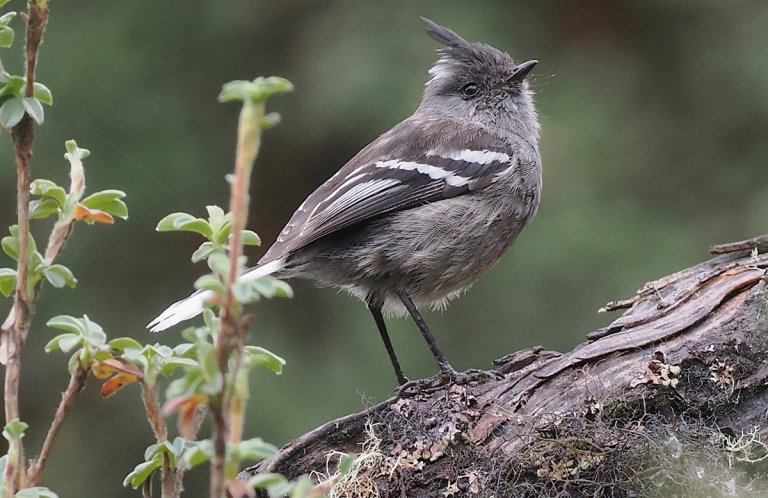 This six-inch-long finch is notable for its creamy white coloration and extreme rarity. Once considered extinct, the Pale-headed Brushfinch was recently downlisted from Critically Endangered to Endangered after more than a decade of sustained conservation action by Fundación Jocotoco, ABC, and other partners. Still, no more than 250 birds are known to exist today.
This six-inch-long finch is notable for its creamy white coloration and extreme rarity. Once considered extinct, the Pale-headed Brushfinch was recently downlisted from Critically Endangered to Endangered after more than a decade of sustained conservation action by Fundación Jocotoco, ABC, and other partners. Still, no more than 250 birds are known to exist today.
The bird now occupies almost all the available habitat at the 370-acre Yunguilla Reserve, the only protected area for the species. Like the Stresemann's Bristlefront and the Marvelous Spatuletail, it is listed as an Alliance for Zero Extinction species due to its highly threatened status and the fact that it can be found at only one site on Earth.
Several ongoing threats to this species require continuous vigilance, including fires and nest parasitism by Shiny Cowbirds — the laying of eggs in brushfinch nests and competition for food by cowbird nestlings.
Restoring Habitat
Habitat restoration is an important tool in the recovery of endangered species like this one. Fundación Jocotoco is improving habitat for Pale-headed Brushfinches within Yunguilla by transferring critical vegetation — in this case, the bird's favorite bush (Steiractinia spp.)—to additional sites within the reserve. The bushes are being planted in the reserve's higher elevations, where invasive grasses have prevented the vegetation's natural growth.
Sign up for ABC's eNews to learn how you can help protect birds

Pale-headed Brushfinch, Ramiro Mendoza
Restoring Habitat
Jocotoco has also placed several water tanks on the upper reaches of the reserve, which will help Pale-headed Brushfinches and other species survive dry seasons in the Yunguilla Valley. Another benefit: The water receptacles will function as emergency reservoirs in case of fires.
Improving Protection
In 2015, Fundación Jocotoco collaborated with ABC and others to purchase and protect an additional 104 acres for the Pale-headed Brushfinch. The purchase created a satellite protected area two miles from the present Yunguilla Reserve. Because the two areas are separated by a mountain ridge, the risk of fire affecting birds at both sites is now reduced, providing additional protection for the species as a whole.
Although Pale-headed Brushfinches are not yet found in the new protected area, a pair of the birds has been spotted less than a half-mile away. This suggests that they will likely find the site on their own within the next year or two. With luck, the protected site will become home to an increasing number of the endangered birds.
Donate to support ABC's conservation mission!



















































